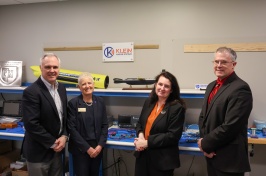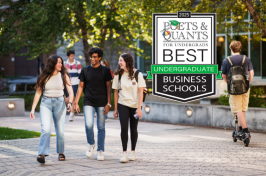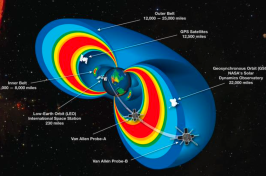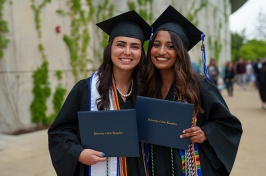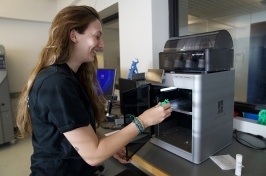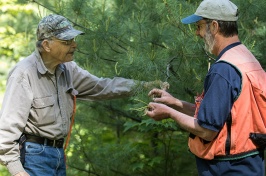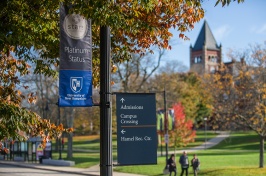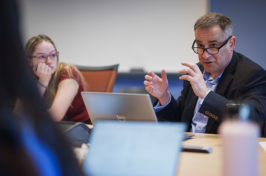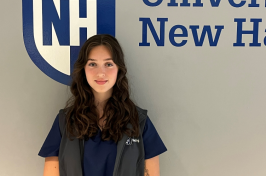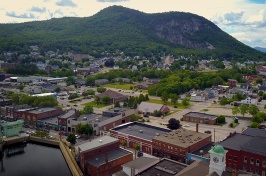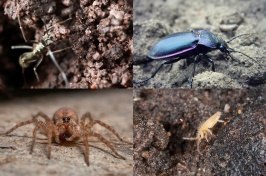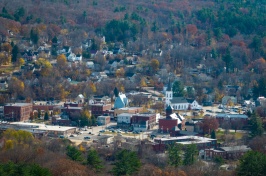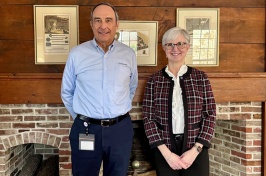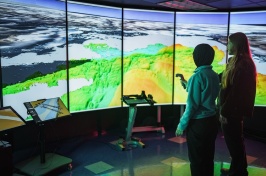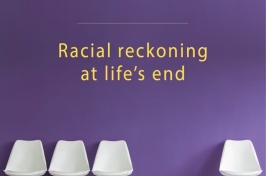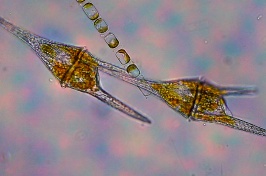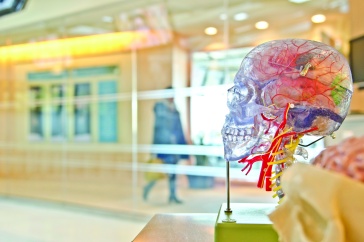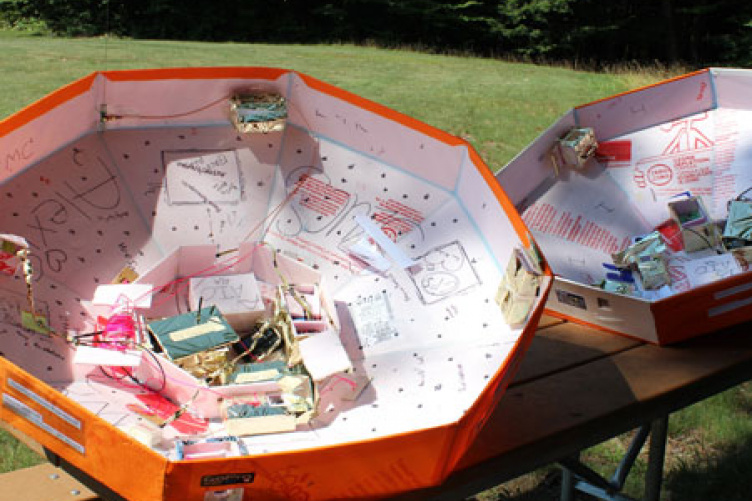
On Thursday, July 17, 2013, high school students and their University of New Hampshire Project SMART mentors successfully flew twin weather balloons that carried miniaturized scientific payloads designed to measure cosmic rays and environmental parameters and captured images of Earth from nearly 100,000 feet up at the edge of outer space.
Launched from the grounds of the Saint-Gaudens National Historic Site in Cornish, the flights recorded over eight hours of video footage and snapped 2,500 high-resolution still photographs during the slow rise through cotton-ball clouds to the blue-black edge of outer space and the gentle descent back to Earth. The cameras record the slow, ship-like rocking motion of the journey up through the atmosphere.
After the house-sized balloons burst under pressure and the tether lines were burned away on cue from the onboard microcontroller computer, the three-foot, dish-shaped, Styrofoam and cardboard re-entry vehicles built by students gently rode the air currents down to the ground like a giant coffee filter and landed without aid of a parachute. One balloon landed in a residential area behind the Exeter Hospital and the other in sand pit in Lee—a distance of 117 miles from the Cornish launch site.
“The two flights, Alpha and Bravo, had major successes,” says Lou Broad, one of three regional high school physics teachers who work with the SMART students each summer at UNH. Broad, from Timberlane Regional High School in Plaistow, has been doing these balloon experiments with high school students for more than twelve years and has seen both the re-entry vehicle/payload design and sophistication of the science conducted make great strides during that time. “These two flights finally validated our no-parachute design in terms of stability during descent and a soft landing, and they gave us some great, steady video footage of near space,” Broad says.
The innovative design was developed through a collaboration between three New Hampshire high schools—Timberlane, Coe-Brown Northwood Academy, and Londonderry High School—and sponsored by UNH. Physics students at each school worked on separate aspects of the missions during the school year while project SMART students integrated and launched in the summer.
The experiment was part of students’ four-week Project SMART (Science and Mathematics Achievement through Research Training) summer residential program at UNH, which concludes this week. The program, now in its 22nd year, is designed to help spur high school juniors and seniors into careers in science and mathematics. Students work with faculty in three disciplinary modules: space science, marine and environmental science, and bio- and nanotechnology.
For the space science module, each summer N.H. physics teachers Broad, Scott Goelzer (Coe-Brown), Rich Levergood (Londonderry), and UNH research professor Charles Smith guide the students through four weeks of lectures and research in conjunction with UNH Space Science Center/department of physics faculty and staff. The hands-on balloon project, which is a simulated satellite launch in that it mirrors the building and launching of a satellite only on a very different scale, is the culmination of the summer’s activities.
“The balloon project involved a lot of different aspects of science, from electronics to space physics,” says SMART student Nick Lajoie, a senior from Concord High School. “I like the responsibility that the project demanded of each of us, it made it feel very real and very important, and like it was our experiment.”
Students are directly involved in the design and building of both the re-entry vehicles and electronic components like the miniaturized microcontroller that gathered all the onboard data, did some calculations and analysis, and stored it all for after-flight analysis.
“They build the components, launch what they created to collect real environmental and performance data and get it back for analysis,” says Levergood. “They’re doing real science that is not coming out of a textbook, it’s a rich experience for them.”
Notes Subhash Minocha, director of Project SMART and UNH professor of plant biology and genetics, "The summer institute has provided the opportunity for a diverse group of students from all across the U.S. and around the world to learn the interdisciplinary nature of the various scientific fields and how math and computers converge with scientific research. Students also study and discuss the applications and implications of scientific advancements to society."
For more information visit Project SMART.
Originally published by:
UNH Today
-
Written By:
Staff writer | Communications and Public Affairs







